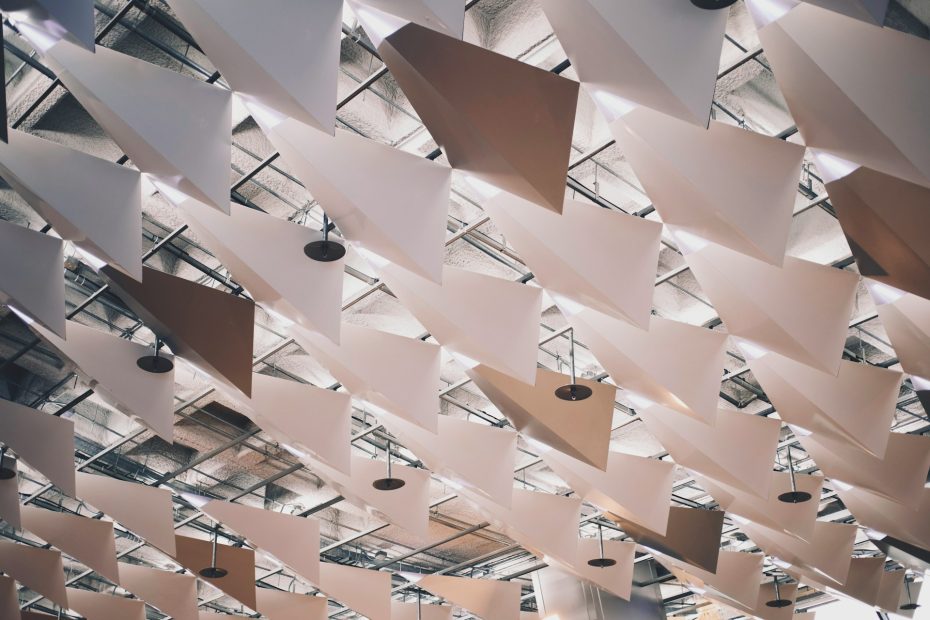Airport terminal buildings are the first point of contact for most air travelers. They are designed to be functional, efficient, and welcoming. One of the most crucial aspects of terminal building design is the lighting.
Lighting plays a vital role in creating an inviting atmosphere, enhancing visual comfort, and ensuring safety within airport terminals. From the best recessed can lights and high-end chandeliers to ambient cove lighting, airport terminal lighting requires a well-thought-out plan to meet the diverse needs of passengers and airport staff.
This article will examine airport terminal building lighting in detail, helping you understand the basic requirements and considerations for designing a well-lit terminal building.
Illumination Requirements
The main purpose of lighting airport building terminals is to ensure that every corner is well-lit and visible. With this clarity, travelers can spot signs, navigate, and find their way without issues. Additionally, sufficient and well-thought-out lighting creates a warm and welcoming environment by thwarting any harsh glare or eye discomfort.
Energy Efficiency
Airports need to use less energy and spend less money. The way lights are designed in airport buildings is crucial. Terminals are often open and need a lot of light, so it’s important to use lights that use less energy.
LED lights are used extensively in airports because they are efficient at saving energy and last a long time. They are also bright and use less energy than old-style lights. Also, LED lights last a long time, so it costs less to maintain them without needing a regular change.
Types of Airport Terminal Lighting
There are several types of lighting used in airport terminals, each serving a specific purpose. These include:
Direct Lighting
Direct lighting precisely illuminates light where it’s needed, ensuring high visibility in places that need it. This lighting helps passengers read signs, navigate through ticketing booths, and undergo security checks without hassle. Since it zeroes in on specific spots, it lights them perfectly without throwing light where it’s not needed, helping passengers see what they are doing and where they are heading.
Indirect Lighting
Indirect lighting is designed to give the airport building terminal that soft, warm hug. It illuminates spaces with a gentle, warm illumination that eliminates deep shadows and unwanted glares. Instead of having beaming lights facing down, this lighting is designed to bounce off walls and ceilings. This makes every terminal a pleasant and eye-friendly haven where passengers can relax. Indirect lighting creates a vibe that makes passengers feel at home while making the airport cozy and beautiful.
Direct and Indirect Lighting
This design blends direct and indirect lighting. It allows passengers to find their way into essential areas such as security checkpoints and security areas. This keeps the overall terminal building cozy and welcoming. This combination makes the place easy to navigate and brings out a downright awesome vibe.
Natural Lighting
Natural lighting is important in airport terminal building design. It has many advantages over artificial light. Windows and skylights can let in lots of light, making the terminal feel open and cozy. This can lift passengers’ spirits and help them feel better. Using this type of light instead of artificial light can also save money on energy and help the terminal be more sustainable.
Final Thoughts
A well-thought-out airport building terminal design makes these essential spaces highly functional and boosts the overall passenger experience. Having the right balance between direct, indirect, and natural lighting creates a comfortable and inviting environment. This makes the journey through the airport pleasant, stress-free, and interesting!


